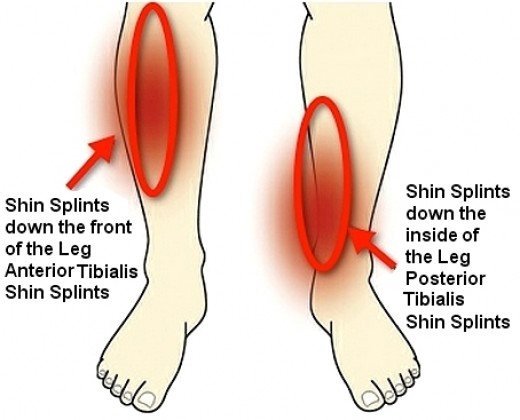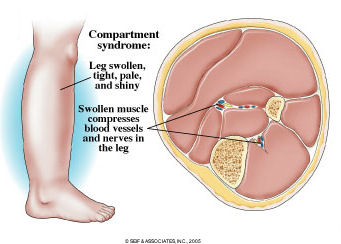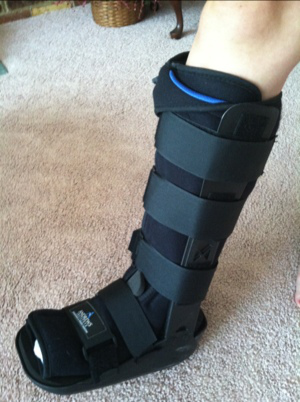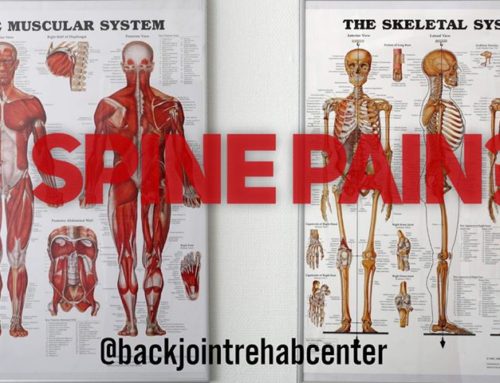PART 6: SHIN SPLINTS
In the Sixth part of the Runners Series, we discuss the pain and problems associated with Shin Splints. Through this article, you will identify characteristics associated with pain in the calf, shins, and lower leg.
If you missed the previous parts of the Runners Series and would like to learn how to avoid these injuries, click on the links below:
Shin Splints is general term that used to describe all pain that occurs below the knee for symptoms on either side of the lower leg. Most commonly the pain occurs on the front outside (anterolateral) or front inside (anteromedial) of the leg. Shin Splints is also known as Medial Tibial Stress Syndrome. The muscles of the front lower leg become stressed with high mileage, frequency, and little time of recovery between runs.
In Short, Shin Splint can be Summed up as “Too Much Too Soon…”
Pain in the front leg does not mean you have shin splints; there are several conditions that can produces pain in front of the lower leg. The more common diagnosis that can produce pain in the front lower leg are Shin Splints, Compartment Syndrome, and a Stress Fracture.
SHIN SPLINTS
There are many factors that can provoke a true diagnosis of shin splints. Common factors that influence pain in the muscles of the front lower leg are provoked by poor running shoes, worn out shoes, inadequate stretching, poor running form, running surface, running distance, frequency, or programs. Typically, one leg is involved with Shin Splints, but it can occur in both legs. Often beginners are plagued with Shin Splints because they have not physically conditioned themselves to withstand the stresses of running.

The symptoms associated with Shin Splints are reproducible and illustrated with this presentation:
- Pain is Constant
- Pain can be Increased with Contraction of the Muscle, Elongation of the Muscle, or Compression of the Muscle
- Depending on the Severity, the Time Frame for Pain to Become Intermittent can Vary, but Typically, After 48-72 Hours the Pain Subsides and Becomes Intermittent
Recommended Treatments for Shin Splint the following:
- First, Reduce Inflammation (Rest, Ice, Reduce or Restrict Running Frequency)
- If Needed, Take Anti-Inflammatory Medication such Ibuprofen, Aspirin, Naproxen (Speak with Your Doctor to Ensure No Contraindications)
- Self-Stretch the Muscles of the Calves
- Massage Muscles of the Lower Leg
- Eccentric Loading Exercises for the Lower Legs
Because we are dealing with muscles as the primary pain mechanism, the expected time frame to elicit change is slow and lengthy. While many people recover at different rates, typical time frame for recovery of shin splints can be 16-24 weeks for complete resolution.
COMPARTMENT SYNDROME
Other pains in the lower leg can arise from conditions such as Compartment Syndrome. This is a condition in which pressure within the muscles increases to constricting levels producing pain, limiting blood flow, oxygen, and nutrients to the lower leg. Compartment Syndrome can be an acute or chronic problem.
Acute Compartment Syndrome can be dangerous and requires immediate medical attention otherwise, it could lead to permanent muscle damage with motor loss.
Chronic Compartment Syndrome is often what athletes experience having pains associated with athletic activities such as running, jumping, or sports that require frequent lower leg contraction.
This condition develops when swelling or bleeding develops within the lower leg. A fascia surrounds the muscles, nerves, and nearby structures. The fascia encases the structures keeping them safe and in place. The increasing pressure in the lower leg is enclosed with the fascia compressing the nerves, blood supply, and muscles. The long-term effect can be serious if blood supply is not restored.
Acute cases typically involve a trauma, fracture, significant contusion, or a history of circulation problems. The pain associated with Acute Compartment Syndrome is more intense with associated symptoms of visible swelling, numbness, weakness, or paralysis. Chronic cases are exertional and produced by exercise. Repetitive activity to the lower legs produces the compression and produces symptoms of pain, tingling, numbness, or visible swelling.
Treating Acute Compartment Syndrome is an emergent medical necessity. Surgical intervention to cut the fascia restoring circulation is necessary to prevent paralysis and tissue death of the lower leg.
Treating Chronic Compartment Syndrome can be approached differently having the option of physical rehabilitation or surgery. In some cases, Chronic Compartment Syndrome can be helped with rehab by elongating the muscles, stretching, temporarily reducing activity, improving shoe equipment, or training on different surfaces. There is a higher percentage of success with surgery in resolving Chronic Compartment Syndrome. This allows athletes to return back to sport after a period of rehab to ensure proper recover. The surgery involves cutting the fascia to allow for more expansion of the lower leg.
STRESS FRACTURE
Stress Fractures are fractures that occurs in the bone from repetitive stress. The shock absorption is transferred to the bone when the muscle fatigues and does not absorb the ground reaction force efficiently. The stress fracture is common in runners and most typically occurs in the foot (metatarsals), but also occurs in the shin bone (tibia).
The stress fracture suggests that the athlete was too aggressive in their training program, increasing the frequency, mileage, or intensity too quickly. For safety measures, the level of physical conditioning must be directly related to the level of training intensity. The more physically conditioned you become, the more you can increase the program. However, recovery is extremely important; if muscle fatigue occurs with long runs, you must allow time to help the muscles recover. Adding nutritional and physical components of recovery allows for speedier recovery.
In many cases, women and men both experience stress fractures, but women tend to be more prone to have a stress fracture; having decreased bone mass increases risk of stress fracture among athletes. Therefore, people with osteoporosis are at an increased risk for stress fractures.
Typical presentation with stress fractures is pain upon exertion of the muscles near the area of the fracture; direct contact to the area, or vibration can also elicit pain.
Common recommendations for stress fractures will be restriction from activity, rest, limit repetitive stresses, and wear a brace (boot).
If you struggle with Shin Splints or Lower Leg Pain, please give us a call. We help people who suffer from all types of running injuries.
We are Dedicated to Get You Better Through Movement…
If You or Someone You Know Struggles with Shin Splints or Lower Leg Pain, Give Us a Call. We are Here to Help (219)-310-8822.
Dr. Artemio Del Real DC, Cert. MDT, CSCS





![PART 4: SHOULDER SERIES – 5 MOST COMMON DIAGNOSIS [SEPARATED SHOULDER]](https://backjointcenter.com/wp-content/uploads/2017/03/SeparatedShoulder3-500x383.jpg)
![PART 3: SHOULDER SERIES – 5 MOST COMMON DIAGNOSIS [SHOULDER TENDINITIS]](https://backjointcenter.com/wp-content/uploads/2017/02/volleyball-1396926_960_720-500x383.jpg)